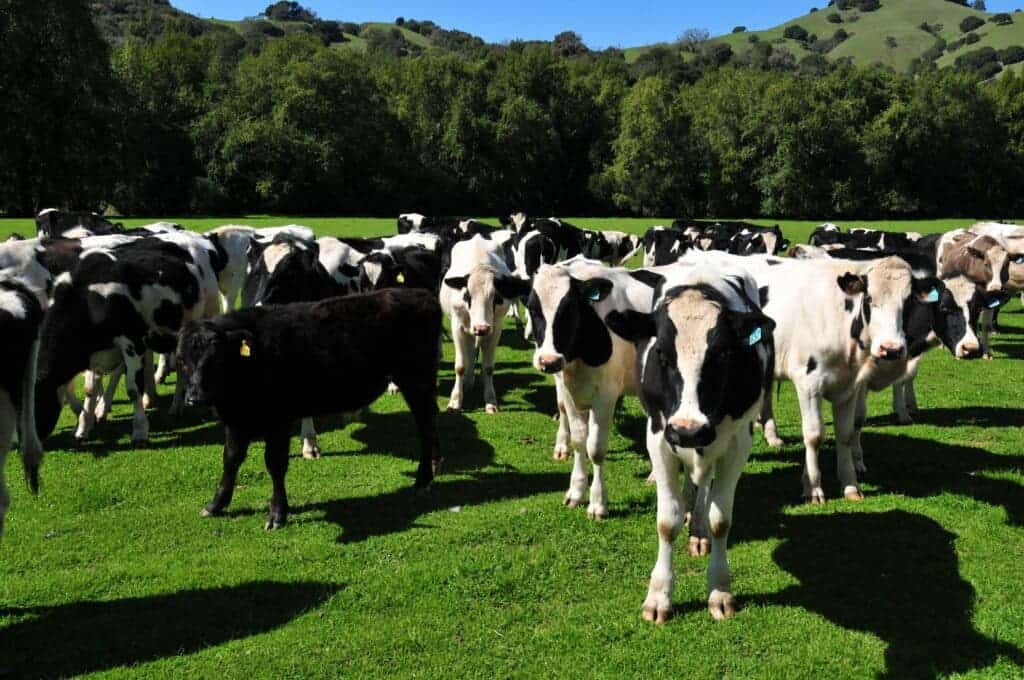Every country has to reduce its greenhouse gas emissions, that’s a given. But how to do it depends on each one, with different strategies in place. For the Netherlands, fewer emissions mean less livestock, with a new government plan now being considered that would force most farmers to reduce the size of their cattle.

Back in 2019, the Dutch government was forced by the Supreme Court in The Hague to reduce its emissions even further, following a seven-year legal battle with a group of environmental NGOs. The government accepted the ruling and started thinking of ways to increase climate ambition, from cutting coal power to now reducing livestock.
Livestock production brings several environmental and public health effects. At the global level, it contributes to greenhouse gas emissions and the overuse of finite resources such as land and water. Locally, it contributes to nutrient surpluses, affecting soil and water quality, as well as causing toxicological effects of pesticide application.
These problems are especially relevant in locations with a large density of animal and human populations, such as in the case of the Netherlands. The country has one of Europe’s largest livestock industries, with over 100 million cattle, chickens, and pigs. It’s also the largest meat exporter of the European Union, worth about 8.8 billion euros in 2020.
“We are a relatively small country with a lot of inhabitants, industry, transport and agriculture, so we are reaching the limits of what nature can take,” Rudi Buis, a spokesperson for the agriculture ministry told the Guardian. “There is a high level of urgency for us to tackle the nitrogen compounds problem. This means that in the near future, choices must be made.”
The future plans
Government officers at the Agriculture and Finance ministries have drafted a proposal to cut down livestock numbers by 30%, something unseen so far in Europe. Two scenarios were proposed. The government could either buy livestock production rights or instead force farmers to sell their land, which would be much more expensive.
The new move comes after a previous voluntary plan to buy the land from pig farmers, but only 300 accepted the offer. So now the government decided to step up its game. An official decision is expected in a few weeks and has already caused a big repercussion, with NGOs celebrating the move and beef producers complaining.
“It’s a step in the right direction. We would do more on buying out farmers and helping them transition to sustainable agriculture,” Bram van Liere, campaigner at Friends of the Earth, told The Guardian “The nitrogen crisis is very severe in the Netherlands, but there’s also very high nitrogen deposition in Germany and Belgium, for instance.”
Meanwhile, Wytse Sonnema, head of public affairs at the Netherlands Agricultural and Horticultural Organization (LTO), questioned the move, claiming expropriation is a bad idea. They have instead proposed a voluntary farm relocation or closure. Expropriation would take up to seven years so it doesn’t make sense time-wise, he added.
Greenhouse gas emissions from agriculture account for 14.5% of all human emissions – with beef contributing to 41%. And they are set to grow in the future, with beef demand expected to rise by 88% between 2010 and 2050. With this in mind, the plan by the Dutch government could bring a local solution, but not necessarily a global one.









